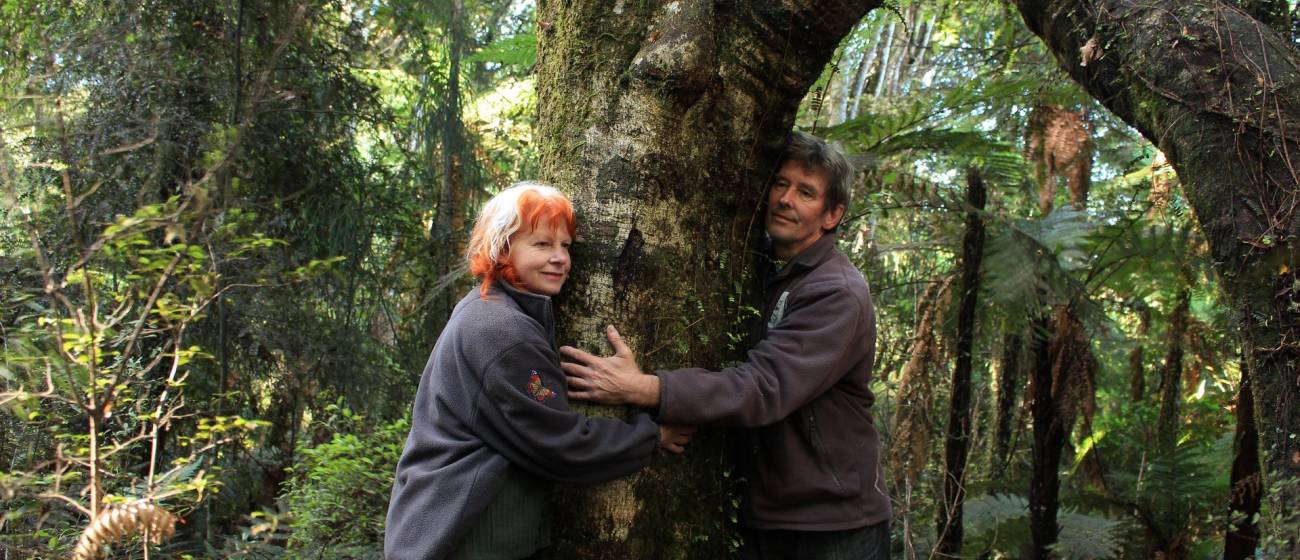What do we Blog about?
Our blog posts are full of tips and tricks to help you - to help nature. Just like our Tours and Activities, our posts are nature based, educational resources so read on and be inspired to "Give Back to Nature".
What our other guests had to say
Beautiful tiny house surrounded by nature
Veronica, Queenstown
Cute, clean and our host was very hospitable!
Nicole, Montauk, New York
this is small but perfect for a stay in this beautiful natural surroundings
Mark, Auckland

-wdgtr.jpg)
